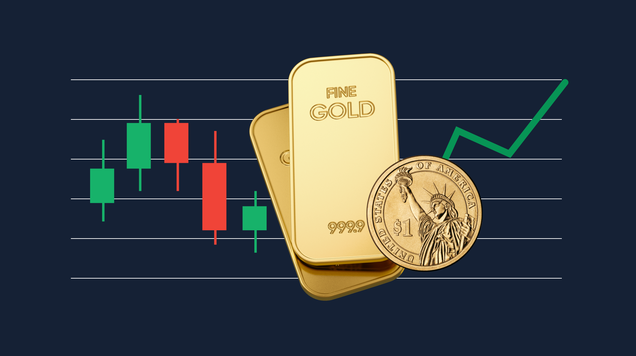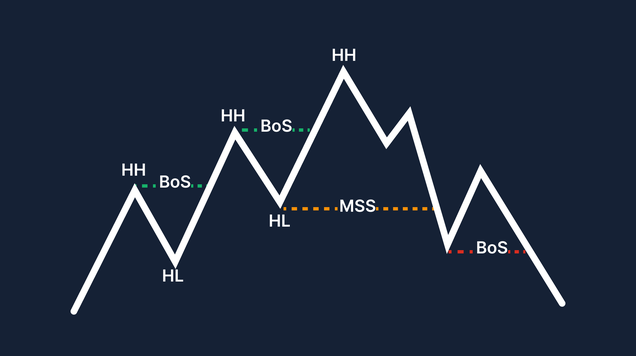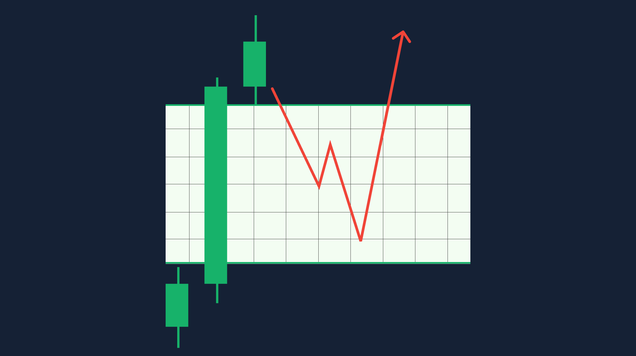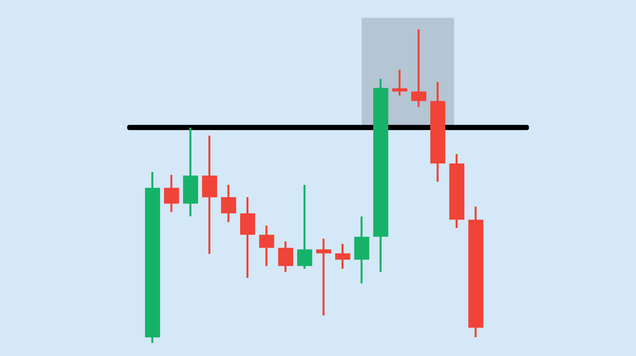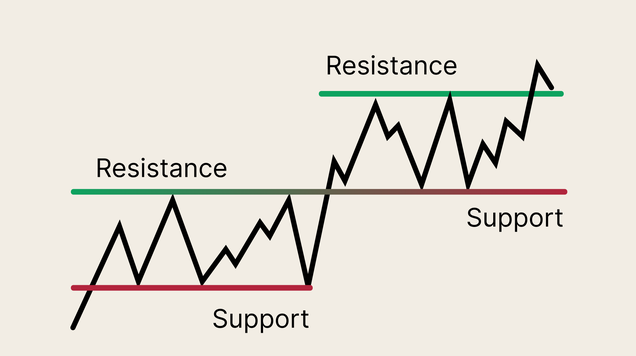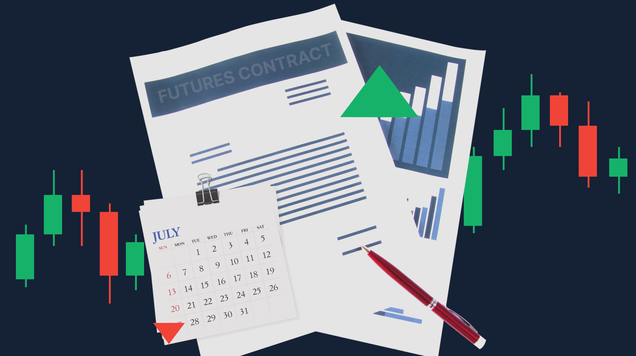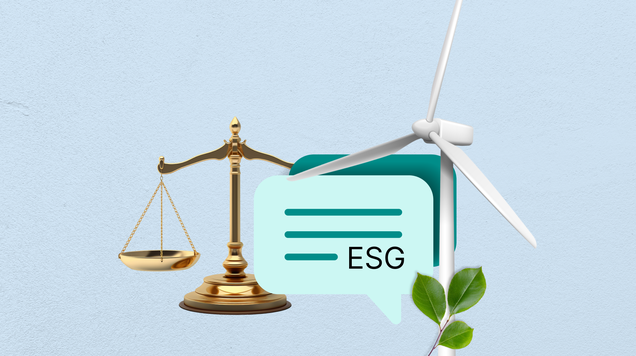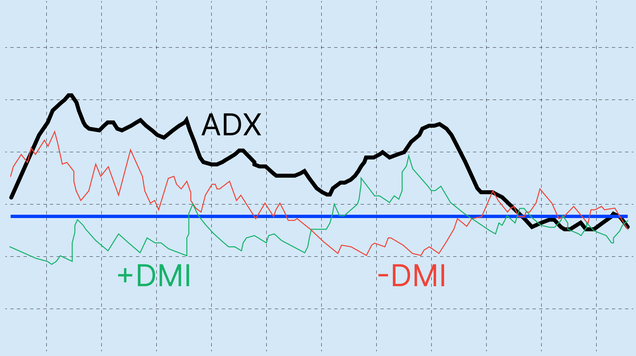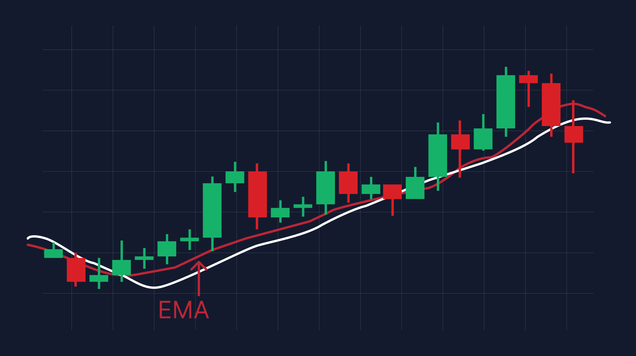Trading lots explained
In trading, a lot refers to a standardised unit of position size. It answers the common questions “what is a lot?”, “what are lots?”, and “what does 1 lot mean?”. Once you understand your lot size, you can measure pip or tick value, manage risk properly, and avoid margin shocks.
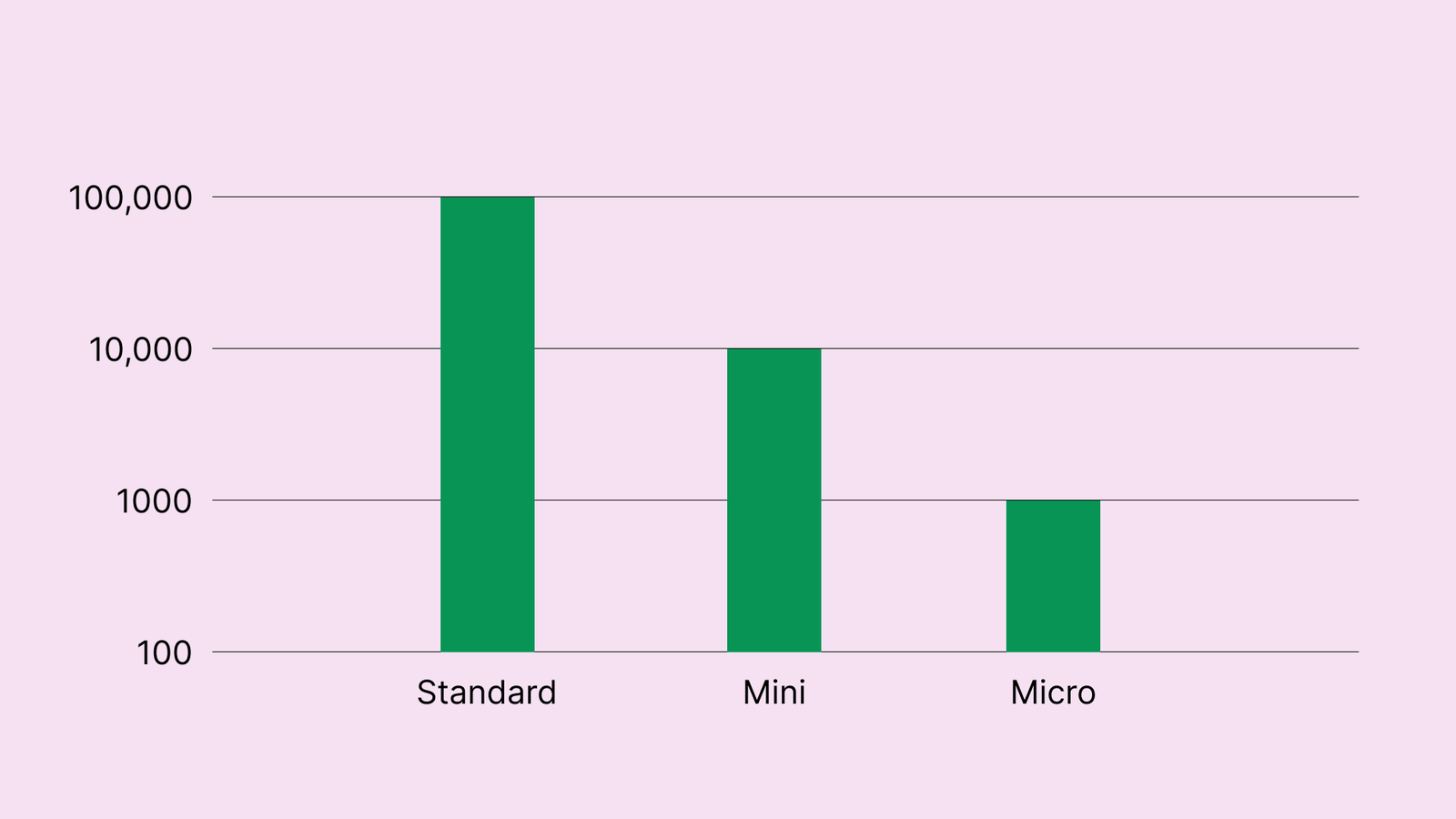
A lot represents your trade’s contract size, keeping pricing, risk and margin consistent.
For forex, 1 lot equals 100,000 base units (with mini at 10k and micro at 1k).
For futures/CFDs, “1 lot” matches the set contract size like gold 100 oz or oil 1,000 barrels.
Let risk guidelines determine your lot size, never guess it.
What does “lot” mean in trading?
A lot is the fixed quantity of the asset you buy or sell in one trade. Markets use lots so everyone speaks the same language about price moves and risk. Stocks use shares as the “lot” (often any integer). Futures and options are standardized by the exchange (e.g., an S&P 500 E-mini future is $50 × index points; an equity option controls 100 shares). In forex, brokers quote in lots so you can scale exposure without changing how prices are displayed.
Think of a lot as the unit of exposure. Change the lot size and you change how much money you gain or lose per pip/tick.
Forex lot sizes (the most asked “1 lot means”)
- 1 standard lot = 100,000 units of the base currency
- 1 mini lot = 10,000 units
- 1 micro lot = 1,000 units
Pip value quick math (for pairs where the quote currency is USD):
- Standard lot: each pip ≈ $10
- Mini lot: each pip ≈ $1
- Micro lot: each pip ≈ $0.10
Why? For EUR/USD at 1.1000, one pip = 0.0001.
Pip value per standard lot = 100,000 × 0.0001 = $10.
(For pairs where USD isn’t the quote currency, convert the pip value into your account currency.)
Futures, options, and CFD “lot” definitions (check the contract!)
Outside spot forex, “1 lot” is whatever the product spec says:
- Gold futures (GC): 100 troy ounces (micro gold MGC: 10 oz).
- Crude oil (CL): 1,000 barrels (micro WTI MCL: 100 barrels).
- E-mini S&P 500 (ES): $50 × index points (Micro E-mini MES: $5 × points).
- Options: typically 1 contract = 100 shares of the underlying.
- CFDs: many brokers mirror futures (e.g., XAUUSD 1 lot = 100 oz), but always read your broker’s “contract specs” page—CFD lot sizes can differ by provider
Understanding the contract tells you tick value (how much one minimum price move is worth) and the margin you’ll need.
Margin and lots: how much cash do you tie up?
Your broker requires margin (a refundable deposit) based on notional value:
Required margin ≈ (Price × Contract size × Number of lots) ÷ Leverage
Example (forex, ESMA 1:30):
You buy 0.20 lots EUR/USD at 1.1000.
Notional = 20,000 EUR ≈ $22,000.
Margin ≈ $22,000 / 30 ≈ $733 (rounded).
Example (gold CFD, 1 lot):
If your broker defines XAUUSD 1 lot = 100 oz, price = $2,400/oz:
Notional = 100 × $2,400 = $240,000.
At 1:20 leverage, margin ≈ $240,000 / 20 = $12,000.
Margin is not a fee; it’s locked collateral while the trade is open.
Position sizing: the formula that protects your account
The right number of lots comes from your risk per trade, not from a hunch.
Lots = (Account equity × Risk %) ÷ (Stop distance in pips × Pip value per lot)
Example (EUR/USD):
Account = $5,000, risk = 1% (= $50).
Stop = 25 pips. Pip value (micro lot) ≈ $0.10.
Lots = $50 ÷ (25 × $0.10) = $50 ÷ $2.50 = 20 micro lots = 0.20 standard lots.
This way, a stop-out costs $50—exactly your planned risk.
How lot size affects every part of a trade
1) Volatility tolerance
Bigger lots mean each pip/tick is worth more. If the market routinely whipsaws 30 pips, oversized lots will shake you out.
2) Psychology
If your P/L is swinging too fast, shrink the lots until you can follow the plan without flinching.
3) Costs
Commission and spread scale with notional size. Fewer, better-sized trades usually beat frequent, oversized stabs.
Common mistakes with lots (and easy fixes)
- Mistake: Using the same lot size on every instrument.
Fix: Calibrate by stop distance and pip/tick value; instruments move differently. - Mistake: Confusing CFD lots with futures/spot specs.
Fix: Read the contract specification page before you trade anything new. - Mistake: Ignoring base/quote currency effects on pip value.
Fix: For pairs like USD/JPY, compute pip value in JPY, then convert to your account currency. - Mistake: Letting leverage dictate lots.
Fix: Start from risk % and stop size, then back into lots. Leverage is just a limit, not a goal.
FAQs
What is a lot?
A standardized position size that defines how much of an asset you’re trading and how much you gain/lose per price increment.
What are lots in forex?
Standard (100k), mini (10k), and micro (1k) units of the base currency.
1 lot means what in forex?
You control 100,000 units of the base currency. On EUR/USD, each pip is about $10.
Are lots the same in all markets?
No. Futures, options, and CFD trading use contract specs (ounces, barrels, $/point, shares). Always check your product’s tick value and margin.
How do I pick the “right” lot size?
Use the position-sizing formula with a fixed risk percentage (e.g., 0.5–1% per trade) and your stop distance.
